Notes from the pages of my French Culintary Institute class in German bread baking are cluttered with numbers, percentages, and flour types. Recently I had the urge to return and see whether, now years later, I can make these breads again, only better.
The photo above is of a 70 rye/ 30 wheat bread. It was made from medium rye, because I was out of whole grain rye. And I substituted white whole wheat for bread flour. I find in a lot of German bread blogs, bakers use this white whole wheat flour. I don't know if it's for health or just because it's a lighter wheat. Anyone reading have an answer? If so, share it.
The percentages of sourdough is 30 percent and yes, there is a bit of commercial yeast – about 1.8 percent. The notes read like this;
3 minutes mix on first speed, and a 1 1/2 on second speed,
20 minutes bulk proof, shape and proof in round – I went for a batard shape, though not sure why.
The final proof was 50 minutes in the notes,
Baked at a high heat of 480 F, and I assumed if the loaf was larger, there would be a note of lowering the temperature in the final minutes.
My next mix will be 30 wheat 70 rye, so I can see the difference in taste, flavor, which in this one is very grassy, I may even up the salt, as it seems a bit lacking…
Notes, take them when you bake, they are a good source of information and stepping stones to successful baking, I know!
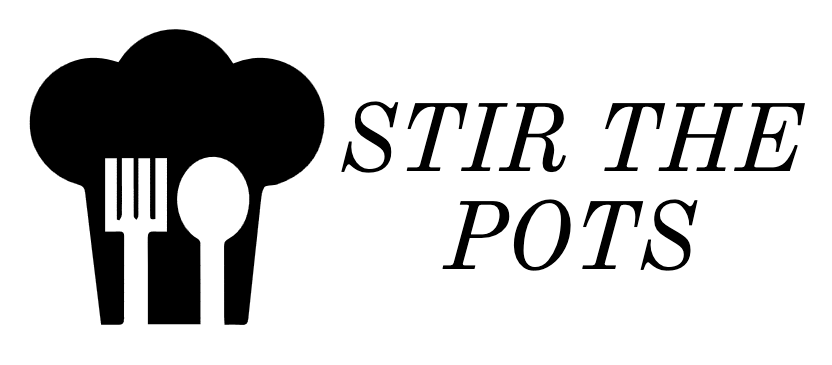
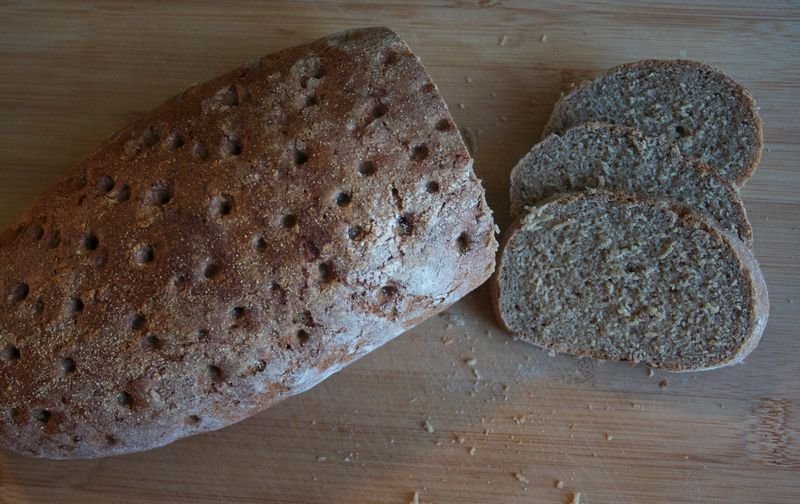
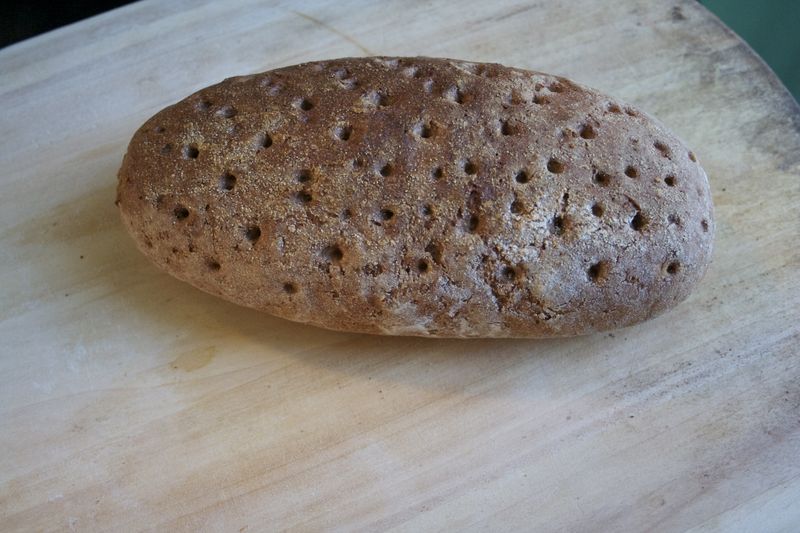
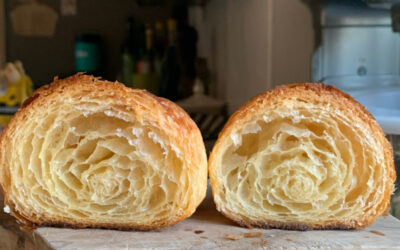
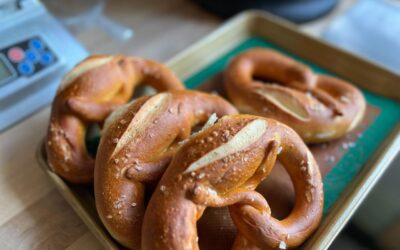
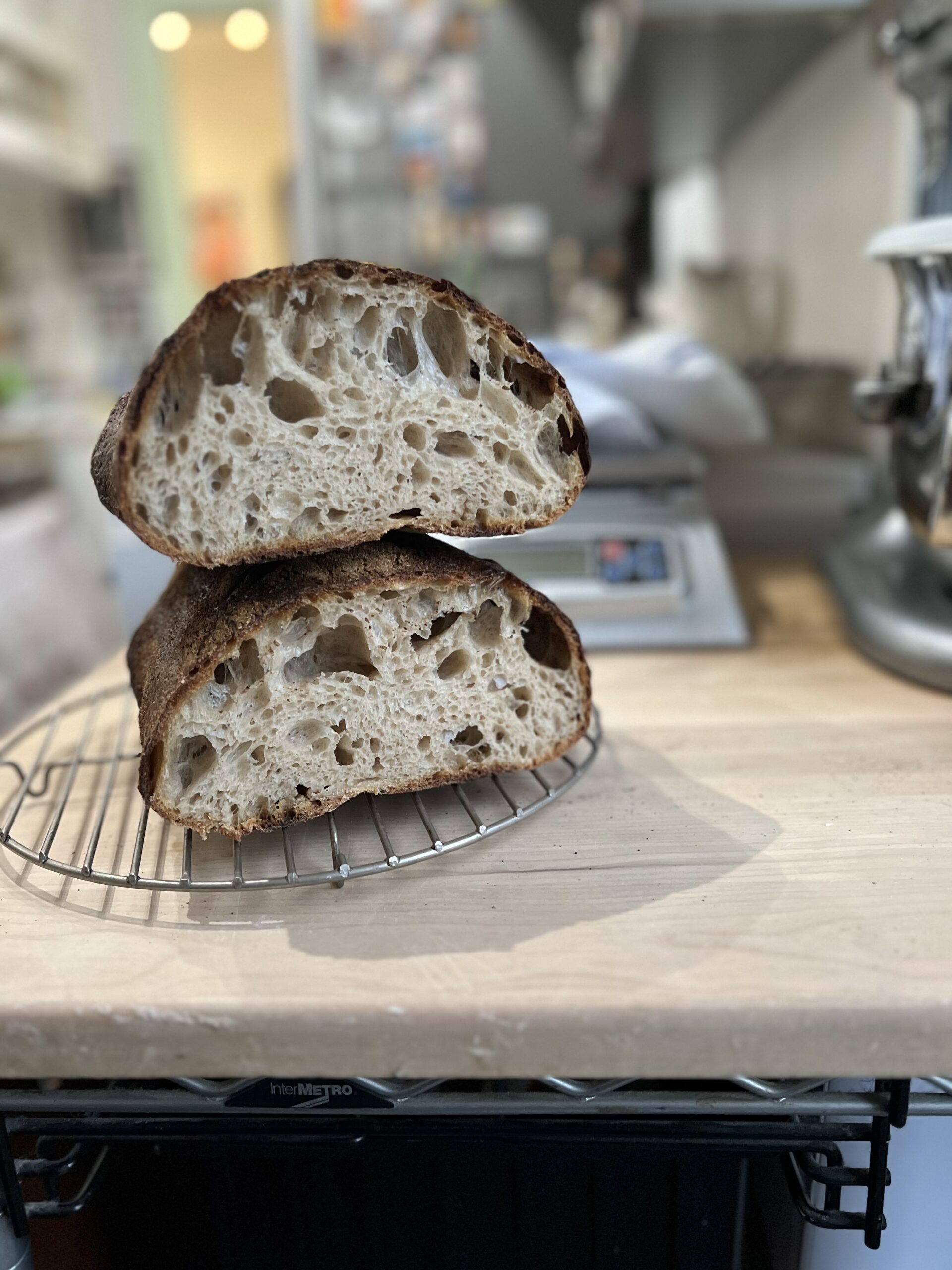
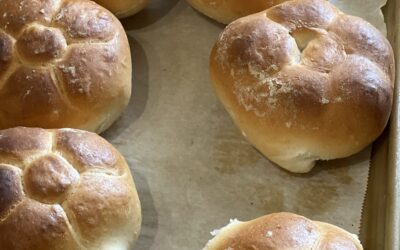
Hi Jeremy, After a long day of Canadian Thanksgiving baking, its home to my laptop to read more about baking on your excellent blog. How I enjoy reading about your latest batch. I made light rye last night, 40% rye flour (which itself was a 50/50 mix of light rye with whole grain rye) and 60% regular bread flour. The rye flour was built into a stiff sour,(12 hours at room temp) then for the final dough I probably used around 70-75% hydration, it was fairly loose for a rye dough. 1 hour of bulk fermentation, then a quick round up, another rest of around 30 minutes. When I mold the loaves I use a funny kind of triple half gainer move on the table followed by a Seinfeldian swirl, the loaves seem to get a kick out of my shenanigans because they spring like hell when they hit the hearth. I brush them with a wallpaper paste to give them a nice sheen. That way they stand out from all the other varieties of breads I make. But enough about me, how are you? I like the use of the docker on the 70% rye you made, I have yet to use white whole wheat flour, let alone in rye bread. You are many light years advanced in your baking technology as compared to us here in Kiev, Amerikanski! So, when are you coming to bake with me Shapiro? There is a cot waiting for you at my home. Hurry up, stir the pots dot com. Your comrade, Dave Aplinski
I used to buy King Arthur’s white whole wheat when I lived in the States, for lightness as well as health, but that was before I knew much about bread-baking so I can’t comment on its baking characteristics. I don’t think it was a particularly strong flour.
I think white whole wheat is the standard whole wheat variety in Europe, just that in the US we have red wheat that maybe is better suited to the more extreme climate. I know this is true for the UK but Germany may be a little different.